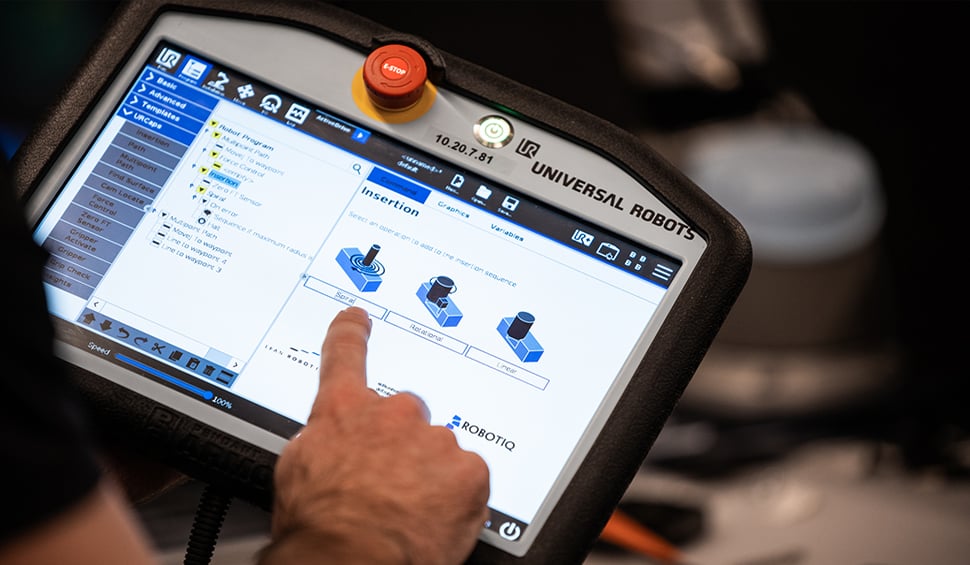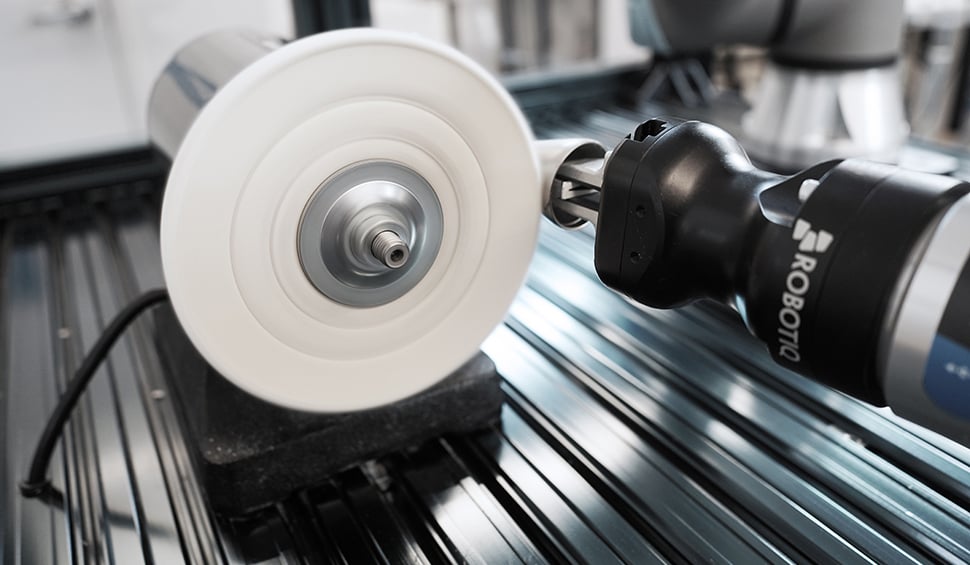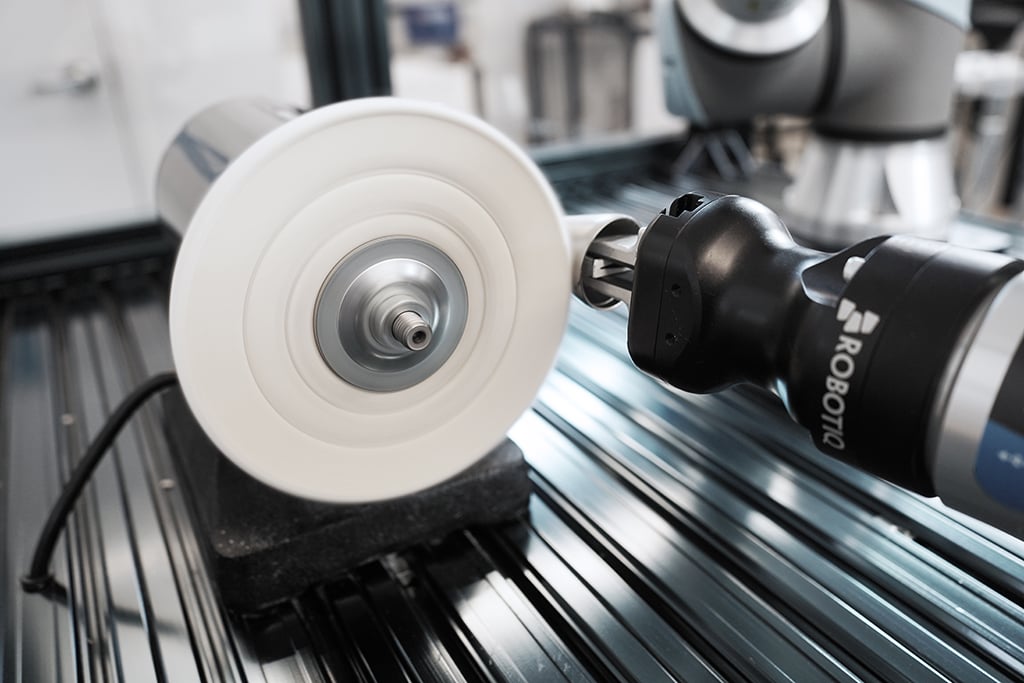Dexterous Manipulation: Robot Arms - Sensing and Controls

Posted on Aug 19, 2013 10:26 AM. 4 min read time
 The National Institute of Standards and Technology held a workshop at the last Automate 2013. A lot of interesting content was discussed and we wanted to shared this information with you. This is why we created a series of articles on the lectures at this event. You can see all the articles in this series at the end of this blog. The last technical session of this workshop was about dexterous robotic arms. Representatives from KUKA, Rethink Robotics and Yaskawa were there to discuss the challenges of flexible robot arms through sensing and force control.
The National Institute of Standards and Technology held a workshop at the last Automate 2013. A lot of interesting content was discussed and we wanted to shared this information with you. This is why we created a series of articles on the lectures at this event. You can see all the articles in this series at the end of this blog. The last technical session of this workshop was about dexterous robotic arms. Representatives from KUKA, Rethink Robotics and Yaskawa were there to discuss the challenges of flexible robot arms through sensing and force control.
Force Based Search
When designing an assembly, force feedback and control abilities are critical. Assembly processes can be divided into four common steps: part location, shape insertion, gear meshing and snap fitting. Sometimes, the assembly features (such as holes or surfaces) are not visible so the use of vision is useless. In these situations, force based search strategies are required.
In order to pinpoint the assembly feature you wish to work on, force feedback and control can be very useful. A common procedure is to normalize the torque on the Tool Center Point (TCP). Then, align the TCP on the assembly point and normalize the force applied. Often you might want to move the tool maintaining this force while monitoring the force feedback. When the assembly feature you are looking for has been found, a change in the force will be recorded, for example, when the part has snapped into place. This technique is very useful for many operations such as surface finishing (grinding, polishing...) or quality assurance inspection where force control and monitoring is important.
Force Control
There are two important step to consider in controlling applied force. The first step is to sense the force induced. This is often done through a force/torque transducer attached to the tool flange or joint torque sensor. Another way to do this is to monitor these forces; and less used these days, is to monitor the motor current and infer the joint torque from these values. The second step is about controlling the input force. This is achieved by input sensor readings, output joint torques or through a closed feedback loop.
Regardless of the method used, faster reactions are preferable. This can be done by, increasing the control update rate, changing control parameters or reducing the inertia of the robot.
Collaborative Robots
The methods and technologies that were discussed at the conference are mainly responsible for the new collaborative features of todays robots. They allow the robots to feel their environment and react to it. We can easily say that KUKA LightWeight robots are a good example. Each joint has its own force sensor to monitor external forces and force control. Having experienced it, the Robotiq team was really impressed by the fluidity of its movements when moved by hand. Rethink Robotics is also using this technology with Baxter. This dual arm robot also has integrated force sensors at each joint. To accomplish force control, Rethink Robotics used elastic actuators. Moreover, Baxter has integrated cameras in each arm for vision guided movement and visual object identification.

All these new components are necessary to allow human-robot collaboration in a safe environment. If you are interested in collaborative robots, you can get our Ebook featuring ollaborative robots. Discover their main features and characteristics.







Leave a comment